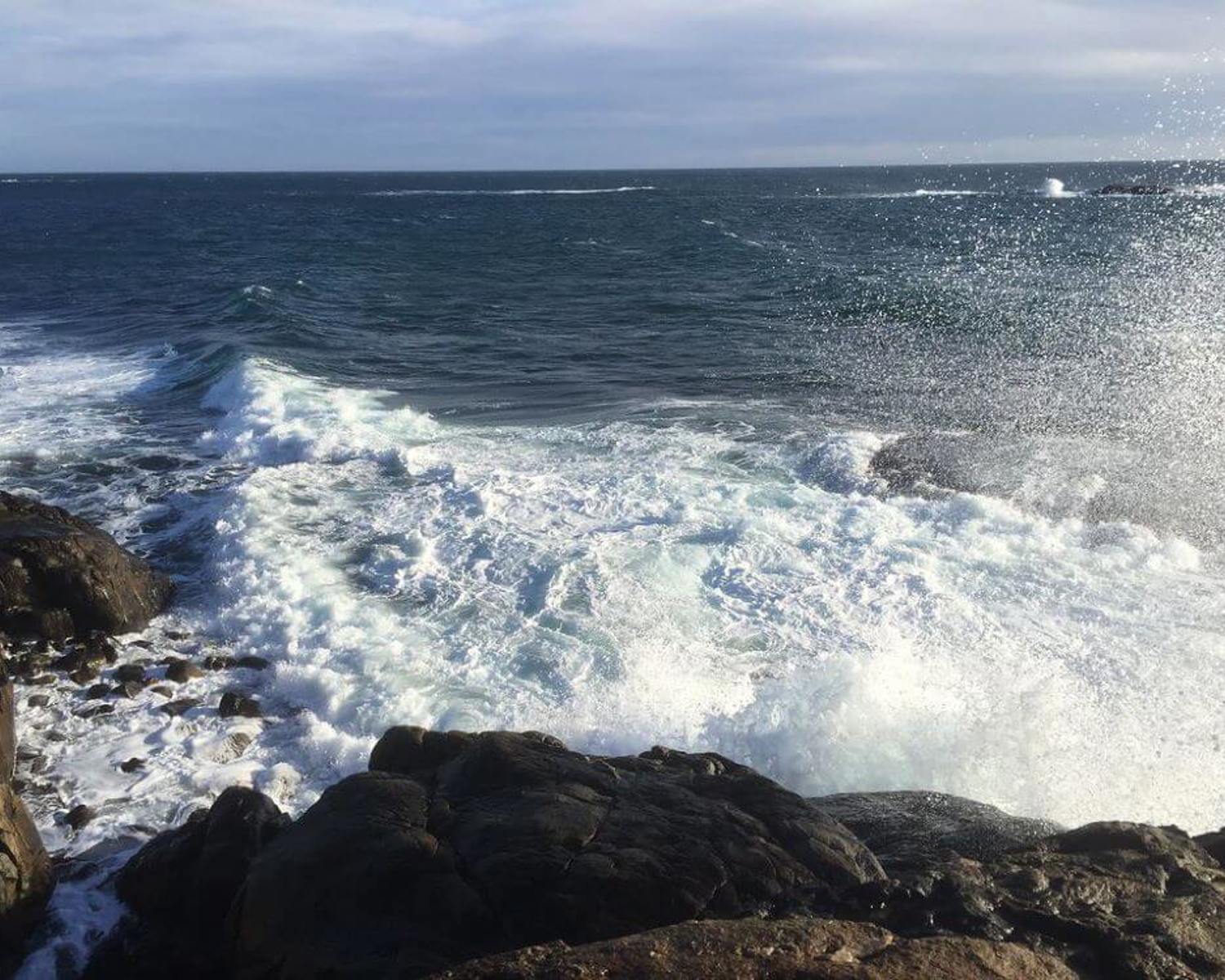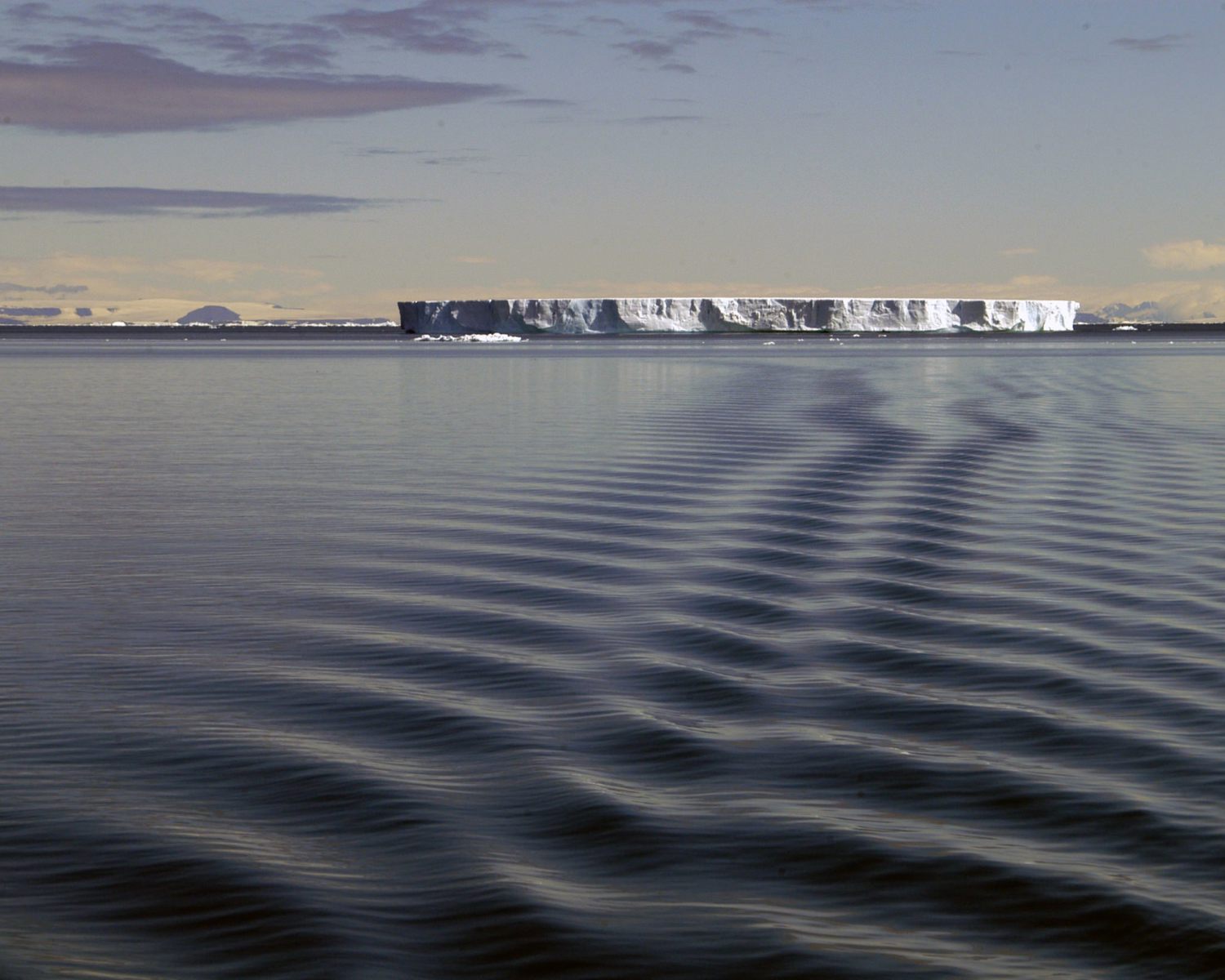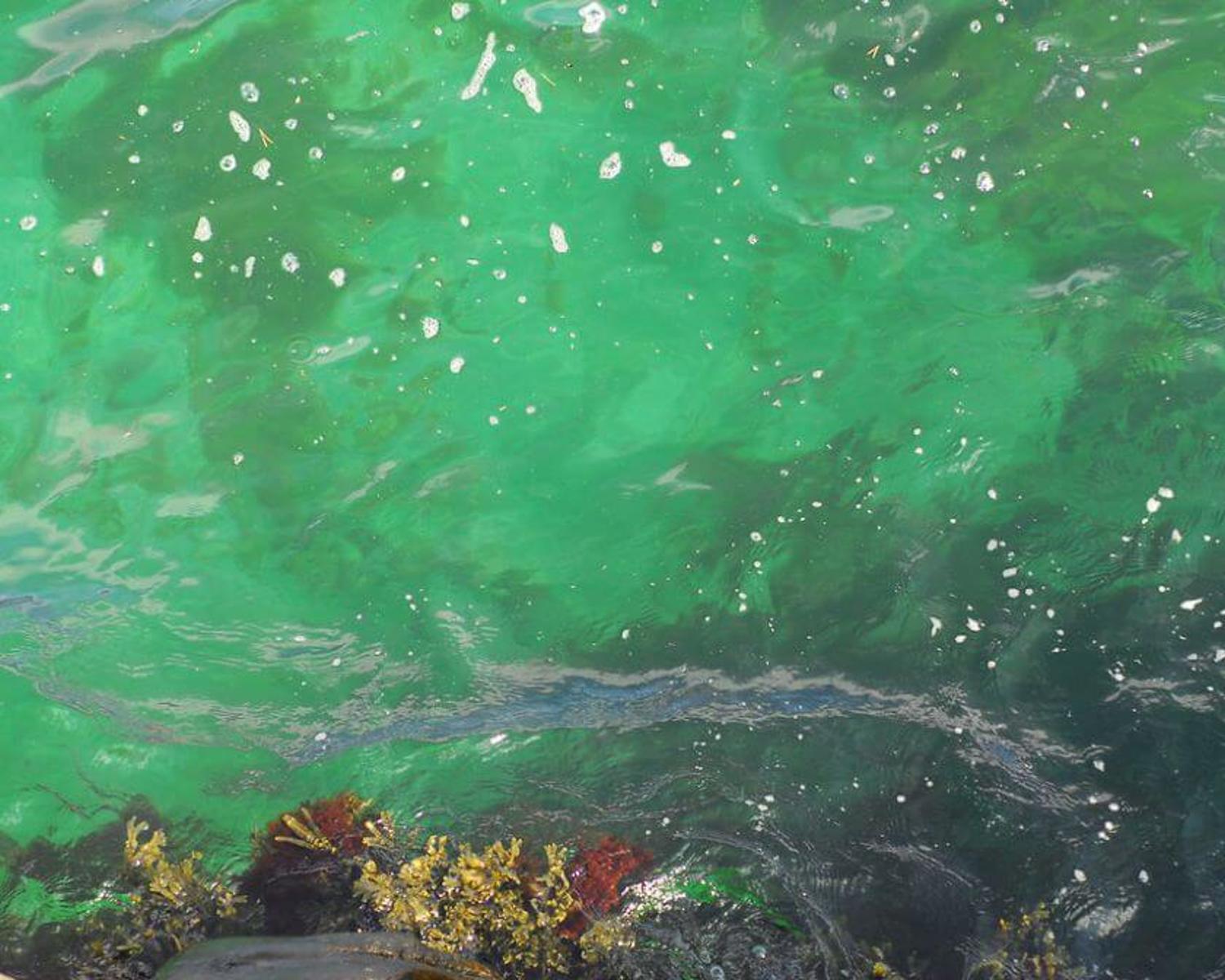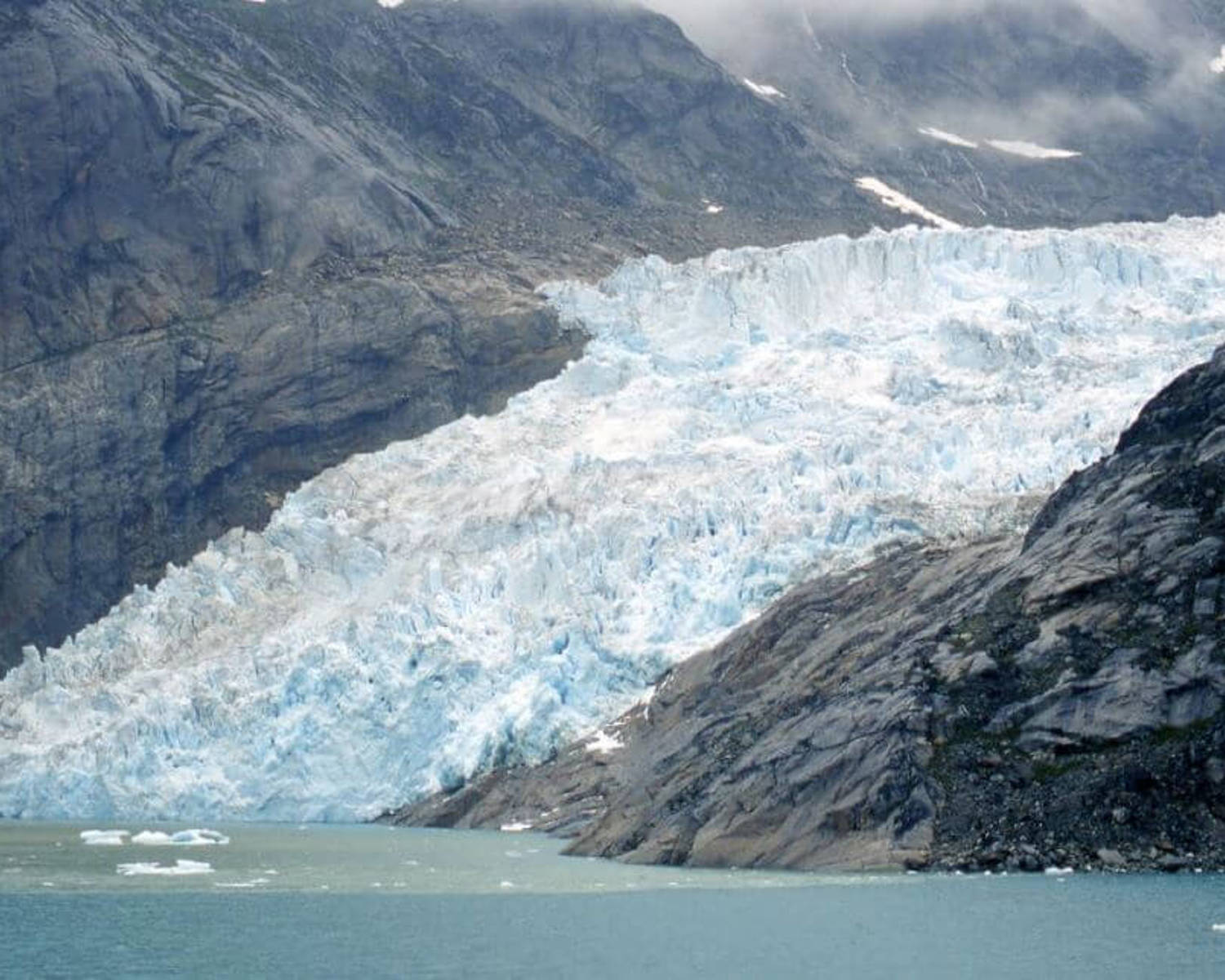Hydrological system modification - Ocean current modification

Hydrological systems play an important role in energy distribution in the climate system. For the Arctic and Northern region the clearest example of this is the habitability of the European Arctic thanks to the Gulf Stream. Furthermore, there are several access points to the Arctic ocean that play an important role in shaping local geophysical conditions.
There have been several different suggestions to modify the circulation of the Arctic ocean currents and elements of the hydrological cycle. During the Cold War, there was major significant interest in the possibility of closing off (parts of) the Bering Strait, (See Borisov 1973) to ameliorate (warm) the northern climates and make it more suitable for human habitation. Several years ago, a similar idea was proposed by the climate activist Rolf Schuttenhelm, albeit with the intent to have the intervention increase Arctic sea ice coverage (Schuttenhelm 2008). Chatchart et al. (2011) equally argued for such a plan, and suggested Fiberglass Curtains might be used to block entire passages. More recently it has been suggested to block off the North Sea with Dams (see NEED: Northern European Enclosure Dam, Groeskamp and Kjellsson 2021). Apart from these ideas to block entire currents or straits, others have suggested modifying fresh water access through Northern rivers in Siberia and America to impact local climate conditions (Olcott et al. 2019, Hunt et al. (2020).
Analysis overview

Technological Readiness Level (TRL)
Low 1
Technological Readiness Level (TRL)
A technology with a TRL of 1-3: TRL 1 – Basic; TRL 2 – Concept formulated; TRL 3 – Experimental proof of concept

Scalability
Unknown 0

Timeliness for near-future effects
Low 1
Timeliness for near-future effects
Implemented too late to make a significant difference

Northern + Arctic potential
Unknown 0

Global potential
Unknown 0

Cost - benefit
Prohibitive 1
Cost - benefit
Cost of investment comparable to cost of avoided damage

Environmental risks
High risk 1
Environmental risks
Major, serious risks with a high disaster potential; multiple and cascading risks

Community impacts
Unknown 0

Ease of reversibility
Hard 1

Risk of termination shock
High risk 1
Risk of termination shock
High or very significant termination shock or damage

Legality/governance
Challenging 2
Legality/governance
Fits within existing structures to a certain degree, but some policy changes are needed to deploy at scale

Scientific/media attention
Low 1
Scientific/media attention
Very low attention from individuals and/or abandoned ideas; low media attention; no commercial interest.
References
Borisov, P. M. (1973). Can man change climate? Progress Publishers. Moscow. 175 pp. https://archive.org/details/CanManChangeTheClimate/page/n39/mode/2up
Cathcart, R. B., Bolonkin, A. A., and Rugescu, R. D. (2011). The Bering Strait Seawater Deflector (BSSD): Arctic Tundra Preservation Using an Immersed, Scalable and Removable Fiberglass Curtain, in: Macro-engineering Seawater in Unique Environments: Arid Lowlands and Water Bodies Rehabilitation, edited by Badescu, V. and Cathcart, R. B., pp. 741–777, Springer Berlin Heidelberg, Berlin, Heidelberg. https://doi.org/10.1007/978-3-642-14779-1_33
Groeskamp, S., & Kjellsson, J. (2021). NEED Northern European Enclosure Dam. Europhysics News, 52(2), 6-6. https://doi.org/10.1051/epn/2021201
Hunt, J. D., Nascimento, A., Diuana, F. A., de Assis Brasil Weber, N., Castro, G. M., Chaves, A. C., ... & Schneider, P. S. (2020). Cooling down the world oceans and the earth by enhancing the North Atlantic Ocean current. SN Applied Sciences, 2(1), 1-15. https://doi.org/10.1007/s42452-019-1755-y
Olcott, M. B., Hajda, L., & Olcott, A. (2019). The Siberian River Diversion Debate: The “Project of the Century” from Several Viewpoints. In The Soviet Multinational State [1990] (pp. 143-163). Routledge.
Schuttenhelm, R. 2008. Klimaatbureau, the Netherlands Published: September 23, 2008, on www.cleverclimate.org








